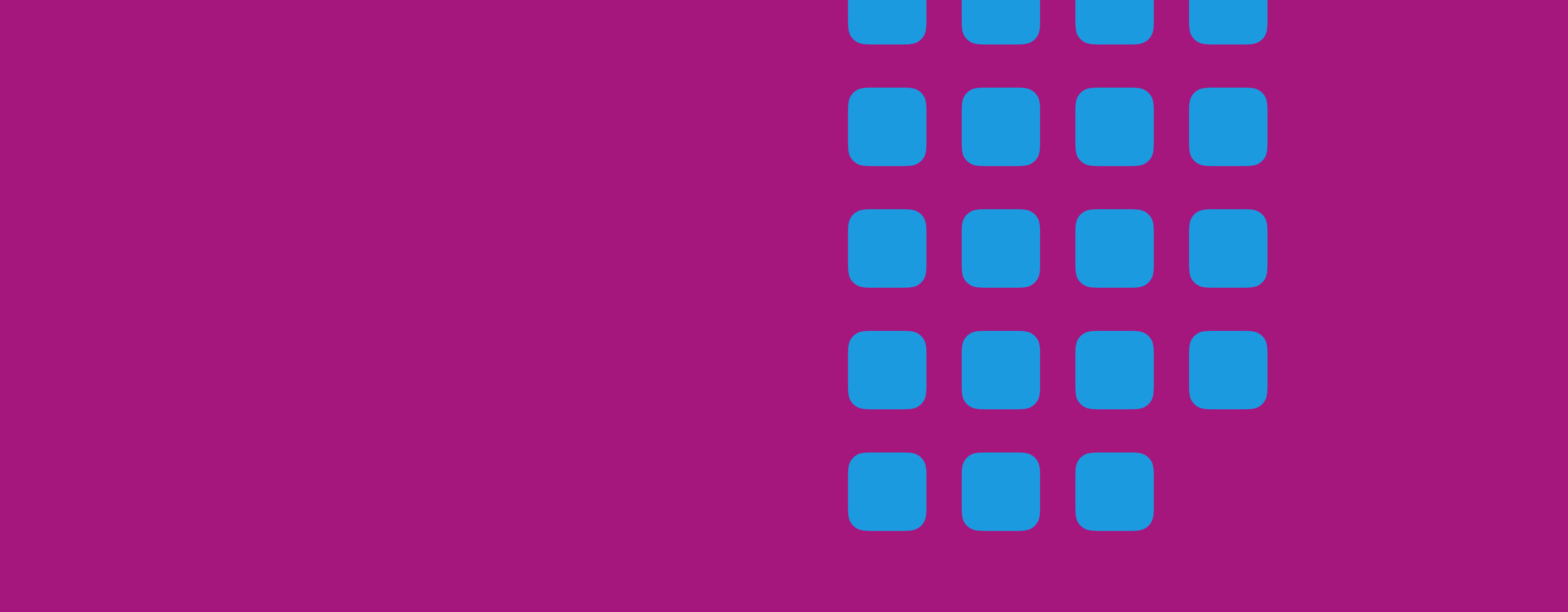Resume resources
Software Developer Resume: Get Noticed by Hiring Managers

Designing a standout resume isn’t an easy task. But, we have some tips to speed up your writing process and help you get noticed by hiring managers.
We'll explain what hiring managers look for in a software developer resume. We'll also discuss the guidelines for creating an effective resume without all of the hassle.
We have spent countless hours figuring out the best way to create resumes that hiring managers love. Our resume builder has helped over 100,000 people get jobs at companies like Google, Apple, and Square. Now, it's your turn.
What Makes a Great Software Developer Resume?
A great software developer resume shows you’re a trusted candidate who has the relevant development skills needed for the job. It also explains you can make an immediate impact within the development team.
Hiring managers and recruiters look for a few key highlights on your resume.
They need reassurance that you’re a capable software developer who understands different programming languages and technical development processes. You can demonstrate your knowledge by highlighting your projects that had a significant impact on the company.
Furthermore, your experience needs to be relevant and align with their needs. Talking about Jquery or Linux experience doesn’t help you if they seek a candidate who’s familiar with Python and SQL.
They would also prefer to hire someone who can quickly onboard and learn the development team’s processes with minimal guidance. Self-starters who can work independently with little oversight are almost always preferred candidates.
The challenge is communicating all of this information within the few moments a hiring manager takes to scan your resume. Your resume is your first chance to show your value to hiring managers. Every piece of information and design element needs to be planned well to maximize your chances of receiving a job offer.
With that in mind, we recommend you start by organizing the content and sections of your resume. This document is your top priority, as it contains valuable insight into your work experience. Formatting and design can come after you create a resume draft that matches the job description.
Contact Information
Your contact information provides hiring managers with multiple ways to reach you. You’ll include the same information as you would on any other resume, with the option to add a link to your GitHub account if you have one.
This section is straightforward and will be the easiest to complete. Here’s what you should include:
- Name
- Title
- City and state
- Phone number
- Link to your GitHub account
Example:
- Katie Jones | Software Developer | Los Angeles, California
- Kjones@gmail.com | 888-431-2368 | github.com/kjones
Do: Include a link to your GitHub account, especially if you don’t have extensive professional experience. This gives hiring managers proof that you’re an experienced coder even if you’re new to the workforce.
Don’t: Avoid including information like your exact address and social media accounts unless they provide additional value. Also, make sure you use a professional email address. There’s nothing more glaring than a casual email address you created when you were in grade school.
Resume Summary
Your resume summary gives an overview of who you are professionally and tells a hiring manager why you’re the perfect fit for their team. It needs to be convincing and engaging — you should entice the hiring manager to keep reading.
A hiring manager needs to see what makes you different from every other candidate. Talk about the unique set of programming languages you specialize in and how you made an impact in your previous roles.
List your notable accomplishments like leading development teams, integrating complex tools, or impressive project successes.
Example:
- Versatile software developer with 10 years of front-end and back-end experience. Contributed to the development of an industry-leading CMS solution that has more than 1 million users. Proficient in JavaScript, Python, and C++.
Do: Include your accomplishments that are backed by data to your advantage. You can also decide to write your summary at the very end of the process, as writing the rest of the resume will help you grasp what makes you a unique software developer.
Don’t: There’s a chance long resume summaries will be ignored by hiring managers. Keep your summary less than four sentences long. Also, avoid generic wording and buzzwords that make it obvious you’ve optimized your resume for an applicant tracking system.
Work Experience
Your work experience section is arguably the most important section of your resume. Hiring managers will look closely at your previous roles to determine if you have what it takes to be their software developer.
Walk through your experience and give hiring managers real-world examples of your contributions to development projects. Here’s what you need to include:
- Job title
- Company
- Dates employed
- Three to four bullet points highlighting your contributions
Example:
SaaS Company | Senior Software Engineer | April 2018 – May 2020
- Developed application features that reduced customer churn by 15%
- Optimized development processes to increase coding efficiency by 30%
- Built applications using JavaScript, SQL, and Ruby on Rails
Do: Make sure your work experience directly aligns with the job description. It may take more time to customize your resume for each job application, but hiring managers will be more likely to choose you if your experience fits the position. Like your resume summary, provide data for how you improved each organization you worked for and explain the impact you had on the projects you include.
Don’t: Don’t include irrelevant work experience that doesn’t help explain your value to the hiring manager. Leave outdated experience or programming languages that are no longer at the forefront of software development.
Technical Skills
Technical skills are a critical addition to a software developer’s resume. After all, much of what you do is rooted in different programming languages, databases, and software frameworks.
Your skills section also assures your resume isn’t filtered out by an applicant tracking system (ATS). Read through the job description and incorporate relevant keywords in your resume.
List skills that you’ve used and mastered in previous projects. If a hiring manager asks during your interview about when you used these skills, you should be able to draw from real-world examples.
Example:
- JavaScript
- SQL
- Python
- Ruby on Rails
- C++
- GraphQL
- Go
- MySQL
- Linux
- HTML
- CSS
Do: Your technical skills section should focus on the skills you’re most familiar with. It’s alright if you have intermediate knowledge of certain software development skills, but avoid mentioning skills you can’t back up.
Don’t: Don’t create an endless list of skills. You may be familiar with many programming languages, but keep your skills relevant to the job description.
Education
This section shows hiring managers that you built a fundamental foundation at an accredited college or university. You must include an education section on your resume, although it’s less important if you have more years of experience.
Your education section doesn’t need to include much — just the name of your university, the degree you obtained, and the years you attended.
Example:
- Stanford University | Bachelor’s Degree in Computer Science | 2010 – 2014
Do: You can decide to include professional certifications within your education section or in a separate section. Certifications show you’re invested in continuing your education and becoming an expert software developer.
Don’t: You may be tempted to use your GPA if you’re a recent college graduate. This is acceptable, but leave your GPA off your resume if it’s below a 3.5. You also don’t need to include your high school education.
Resume Formatting
Resume formatting is the final thing to consider before finalizing your resume. There are a few design components you need to incorporate to create a resume that’s pleasing to the eye and easy to read.
- Resume style: Use a chronological resume format since it does an adequate job walking hiring managers through your work experience — starting with the most recent experience and working backward.
- Margins: Your margins should be wide enough that you can print without any issues. They should also be small enough that your resume doesn’t extend past two pages.
- Font: Your font choice should be clean and modern. Avoid fonts that are hard to read such as fonts that are too condensed or thin.
- Font size: Font size should be optimized for readability. Print your resume and make sure you can easily read it.
- Spacing: Allow enough space between lines of text so your resume doesn’t feel crowded.
- White space: Utilize white space throughout your resume to let the reader’s eyes rest. White space should separate your sections so the reader doesn’t feel overwhelmed by a wall of text.
- Color: Color usage is acceptable, but keep it professional. Avoid colors that are too vibrant and distract the reader.
- Resume length: Your resume should be one to two pages. More experienced software developers can extend their resume to two pages to highlight valuable experience.
Stick to these formatting guidelines and you'll be able to produce a resume that looks clean and stands out.
Next up, Finding Your Dream Job
Once you’ve finalized your resume, it’s time to start applying to open job opportunities. Follow the writing tips we covered above, and you'll have a polished resume before you know it.
You can also get a head start on your resume by checking out some of these hiring manager approved resume examples.

Make Your iOS Developer Resume a Seamless User Experience

How to Create a Software Engineer Resume Hiring Managers Will Love

A 5-Step Guide for Writing a Product Manager Resume
